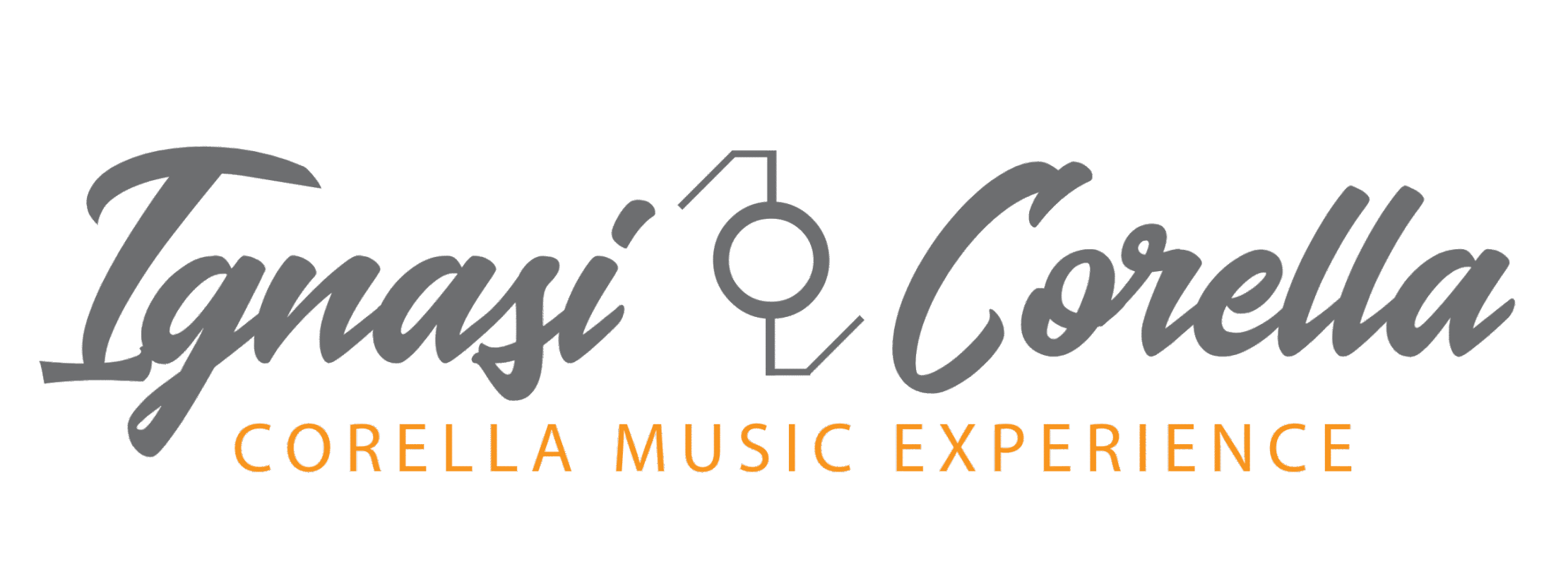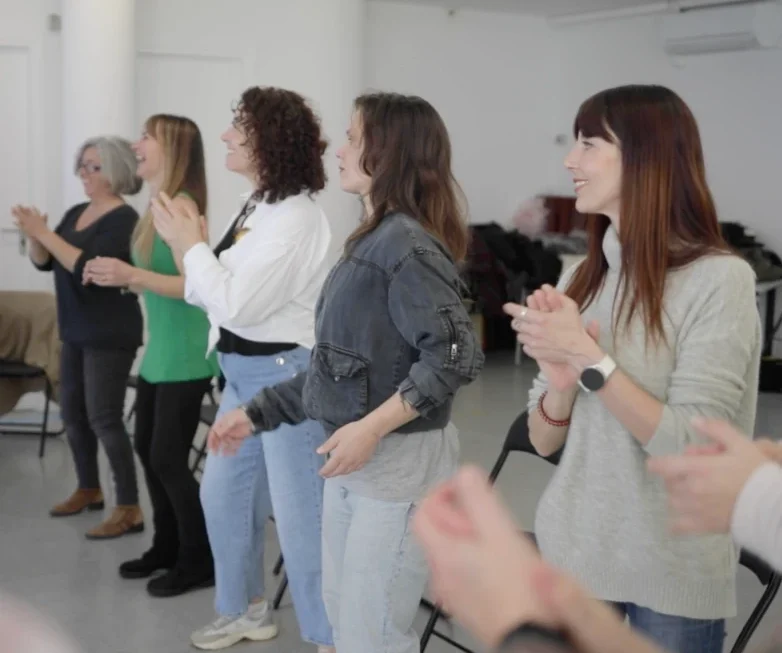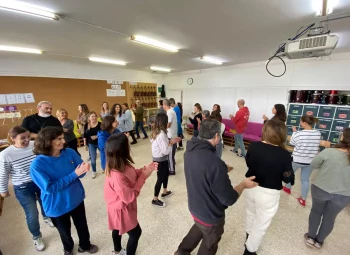We’ve all experienced at some point how a song can change our mood, energize us, or help us relax. But did you know that music can also be a tool to improve performance at work? More and more companies and professionals are discovering that productivity music is not just a trend, but a real strategy that can enhance concentration, creativity, and motivation.
In this article, we’ll see why music has such a positive effect, which genres work best depending on the task, when it can be counterproductive, and how activities like those of Ignasi Corella can bring this power of rhythm into the workplace and educational settings.
1. The Science Behind Music and Productivity
1.1 Stress Reduction and Mood Enhancement
When we listen to music we enjoy, the brain releases dopamine and serotonin, neurotransmitters related to pleasure and well-being. This lowers cortisol (the stress hormone) and creates a more stable emotional state. At work, this translates into less tension and more positive energy.
1.2 Increased Concentration
Several studies have shown that music with regular and predictable rhythms improves concentration capacity. In repetitive tasks, such as data entry, background music can increase accuracy and reduce errors. This explains why many people work better with music in the background.
1.3 Boosting Creativity
Creativity often needs new stimuli. Music genres like jazz, contemporary classical, or even tribal rhythms help stimulate new neural connections, facilitating the generation of innovative ideas.
1.4 Improved Collaboration
When music is shared in a workplace, it creates a common atmosphere that fosters cohesion. Music can act as a “universal language” that unites people, improving the work environment and teamwork.
2. Specific Benefits of Music at Work
- Faster task completion: upbeat music can increase work pace.
- Greater accuracy in manual tasks: soft rhythms help maintain focus.
- Better time management: music makes hours pass more quickly and with less sense of burden.
- Improved personal motivation: a good playlist can make the difference between a heavy Monday and an inspiring Monday.
All these benefits can be summed up in a clear idea: productivity music is a valuable tool for anyone who wants to perform better.
3. When Music Is Not So Positive
Despite its benefits, music is not always suitable. Some cases where it can be counterproductive are:
- Very complex or analytical tasks: when absolute concentration is needed, music can be a distraction.
- Lyrics we understand too well: songs with lyrics in our own language may compete with our thoughts.
- Volume too high: it can generate stress and make communication with colleagues difficult.
It is important to find the right balance and adapt music to each situation.
4. What Music Works Best for Working?
4.1 Creative Tasks
- Contemporary classical music
- Smooth jazz
- Ambient music
4.2 Repetitive Work
- Minimalist electronic
- Nature sounds
- White noise
4.3 When You Need Energy
- Upbeat pop
- Funk or soul
- Tribal rhythms
This is where rhythmic knowledge comes into play. Activities like Ignasi Corella’s Body Percussion show how the body and rhythm can act as a “natural drum” to awaken energy and collective motivation.
5. Music as a Team Building Tool
Music not only improves individual productivity but also collective productivity. Workshops like the Corella Music Experience use rhythm as a cohesion tool. When a team creates music together:
- Non-verbal communication is enhanced.
- Mutual trust is built.
- A sense of synchronization and collaboration is developed.
This ensures that later, in daily work life, communication and teamwork are more fluid.
6. Practical Example: The Power of Vital Rhythm
Another activity that directly connects with productivity is Vital Rhythm. This workshop combines music and movement to help recover energy, improve body awareness, and enhance concentration. It is especially useful for companies that want to reduce employee stress and promote overall well-being.
7. Scientific Impact and Recent Studies
Several studies have confirmed the positive effects:
- According to a study published in the Journal of Music Therapy, listening to music reduces anxiety and improves time perception.
- A study from the University of Birmingham showed that music can increase productivity by up to 12% in repetitive tasks.
- The National Center for Complementary and Integrative Health (NCCIH) in the USA confirms that music activates brain areas linked to thought, emotion, and movement (official source).
This evidence reinforces the idea that it is not just a subjective perception but a phenomenon with a scientific basis.
8. How to Apply It to Your Daily Life
- Create playlists adapted to each task.
One for concentration, another for inspiration, and one for motivation. - Introduce musical moments in team meetings.
A short rhythmic exercise can break monotony and improve attention. - Give workers freedom.
Let everyone use headphones with their own music. - Try music workshops.
Activities like those offered by Ignasi Corella are a step further in experiencing music as a shared and transformative experience.
9. Conclusion
Music is much more than entertainment: it is a powerful tool to improve productivity, motivation, and well-being at work. When used correctly, it can transform both individual performance and team cohesion.
The benefits of productivity music are clear: more focus, less stress, more creativity, and a better work environment. And thanks to initiatives like those of Ignasi Corella, you can go one step further: turning rhythm and music into lived experiences that connect people and boost their performance.
So, next time you need inspiration at work, put on some headphones, choose the right music, and let the rhythm do its job.







